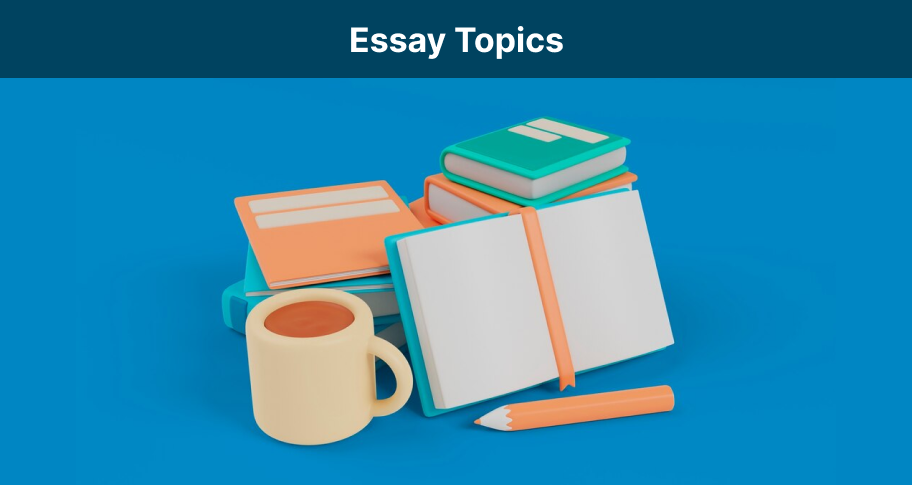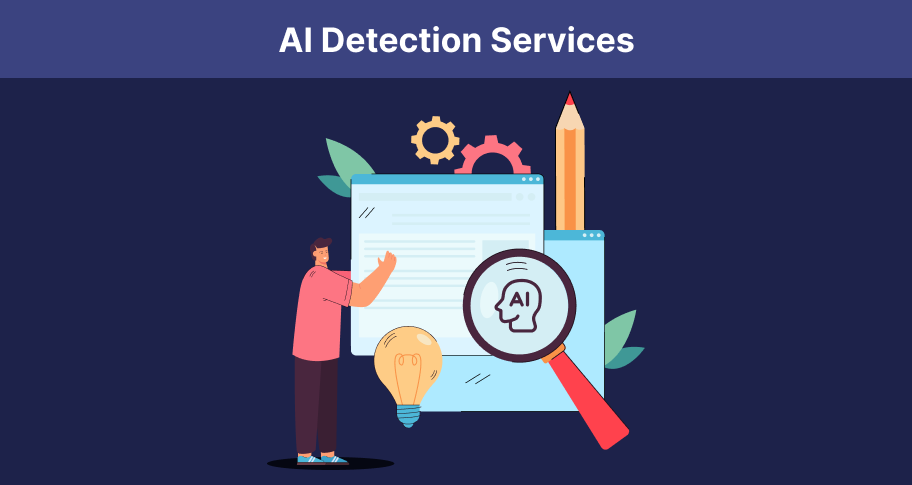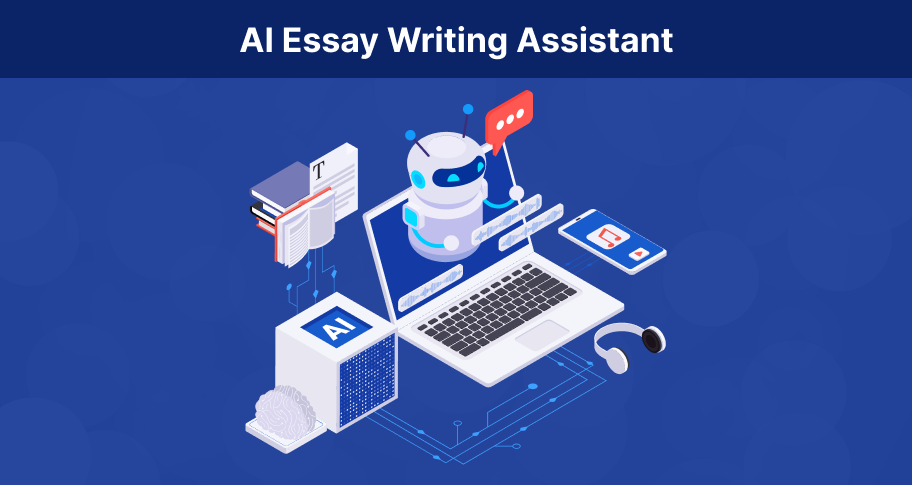Essay outlines are the natural beginnings to every piece of writing, and especially for formal academic papers like informative essays.
Have you been requested to write an informative essay? From middle school onward, instructors will be asking that you write informative essays. Most instructors will also request that you complete an informative essay outline.
View 120,000+ High Quality Essay Examples
Learn-by-example to improve your academic writing
If you are perplexed about the process of writing informative essays and informative essay outlines, you have come to the right place. Informative essays are one of the most common assignments in education.
You could be asked to write an informative essay outline in high school or college, where you will be expected to organize your thoughts logically and clearly in English.
This guide will help you to complete an informative essay outline in no time. With your informative essay outline, you will be equipped to write the best possible informative essay on almost any topic.
Examples of topics you may write informative essays about include:
- Health, nutrition, and wellness
- Psychology and sociology
- Current events or media issues
- Biographical material
- Explaining a controversial issue

Relax, It’s Just an Outline
The most important thing you can do at this stage is to relax and enjoy the process of organizing your thoughts and planning for your informative essay by making a good outline.
An outline is not designed to make your life more difficult. As much as you may believe an outline to be a chore, teachers assign outlines for a very good reason. You will soon come to appreciate the process of writing an informative essay outline because the outlining makes the actual essay writing a cinch.
With a good outline, your essay will flow better. Your writing will be smooth and it will take you much less time to write the actual informative essay. Just think: the majority of your grade will end up being based on the substantive content and the writing you use in the actual essay.
If you do a good job on your outline, your essay will also be good.
Also, informative essay outlines are not designed to be daunting tasks. They are assignments that are designed exclusively to help you.
So relax and learn more about how you can improve your writing and impress your teachers with a solid informative essay outline.

What is an Informative Essay?
Let’s back up a bit. You have been asked to write an informative essay outline. But to do that, you need to know what an informative essay really is.
Of course, you will also need to choose a topic to write about and this guide will also help you with that too.
An informative essay is exactly what it sounds like. There are no tricks here. When you write an informative essay, you are writing to inform someone—your reader—about a specific subject.
A simple way of putting it is, an informative essay should answer the question, “Did you know______about_____?”
For example, you could write an informative essay about why the sky is blue, or the extent of the opioid epidemic in America.
To inform means to educate or to draw attention to something. The term “inform” is of course the root of information.
An informative essay is one in which the primary goal is the presentation of information.
You will most certainly need to do research to complete an informative essay. Therefore, the research you do during the outlining process will save you considerable time and energy later on.
If you do more research now, including formatting your sources according to an appropriate guideline like APA or MLA, you will be prepared to write your essay later on.
Why An Informative Essay Outline?
An informative essay sounds similar to a research paper, but these are two very different assignments.
With an informative essay, you will need to do some research. After all, if you want to inform your audience about a subject, you will need to back up what you are saying with references to credible sources of information.
Unlike a research paper, an informative essay is relatively brief and can also be more opinionated. You don’t quite veer into the territory of an argumentative or persuasive essay, but you do want to alert your reader about a problem or an issue.
Now that you know more about what an informative essay is, let’s begin with the four main steps to building a solid informative essay outline.
Then you can use our handy templates to get you started on your own informative essay outline.
Four Steps to a Solid Outline
1. Choose a subject or topic.
Choose your subject wisely before you begin your informative essay outline. Some things to keep in mind when you are planning on what to write about include the following:
- What is the exact essay prompt? Read it carefully for clues as to what you want to write about.
- What class or subject is the informative essay for? Is it for an English class? A science class? A nutrition class? You will always need to fit the essay topic to the material covered in the class or it will seem irrelevant. When in doubt, clear the topic with your instructor.
- Choose a topic that is broad enough to research easily, but not so broad you become overwhelmed with information. Narrowing your subject is one of the toughest parts of writing an informative essay outline. If you pick a topic that is too narrow, you run the risk of not having enough information. A subject that is too broad will make it much harder for you to focus on the facts.
For example, if you want to inform your audience about the risk of squirrels with rabies in your neighborhood, you would not want to narrow your study to squirrels with brown fur and blue eyes that have only attacked dogs. This example seems absurd, but you would be surprised how many people run the risk of an overly specific topic.
In the same way, many students forget to narrow their search at all. For example, if you want to inform the reader about media literacy, you would want to make sure you focused on specific examples, or on particular media literacy concerns such as consumers not recognizing the difference between a credible source and fake news.
2. Brainstorm to find TMI (Three Main Ideas)
The next step in the process of composing an informative essay outline would be to brainstorm about your topic. Brainstorming is an informal process whereby you allow the creative part of your mind to let loose. Consider your topic from multiple angles first. You might actually find that you shift your focus somewhat, either broadening or narrowing the topic as necessary.
After you narrowed down your topic in Step One and know exactly what it is you want to write about, now is your chance to write down everything you already know (or think you know) about the subject.
During the brainstorming process, start to consider what your thesis statement or position might be on the issue, because you will eventually want to take a stance or at least have a clear focus for your ideas throughout the essay writing process.
For example, if you want to inform your reader about the anti-vaccination epidemic, your brainstorming might lead you to focus on the phenomena related to groupthink or to social media.
The brainstorming process will also help you to construct your informative essay outline. When you create the informative essay outline, you will be expected to follow the five-paragraph essay format.
Using the five-paragraph essay format is easy: all you need is 3 main ideas.
Don’t overcomplicate things at this stage. Just pick three main ideas related to your topic of interest and start with the next step in the process, which is doing the research.
3. Research
Research is an integral part to writing an informative essay. Now that you have narrowed down your topic and know your three main points, you can do a little research.
Doing research at this stage will save you a lot of time and trouble later on, and will also make your outline look good. Even if you were not asked to do research, your outline will stand out from the rest if you include a few key sources and develop your bibliography.
A bibliography is a list of references you will be using to support your claims made in the informative essay. You should rely on credible sources, preferably those from academic journals. If you have questions as to what a credible source is, you can ask y our writing tutor.
Use at least one reference for each of your TMIs, your three main ideas. Include a paraphrase or quote from each of those sources when you write your informative essay outline.
4. Draft your Outline
To get you started as fast as possible, flex your muscles and just get right into it. Don’t worry about whether your outline is “good” or “right” at this stage. Just work with the information you have and construct an outline based loosely on the following five-paragraph essay outline structure:
I. Introduction
II. Body
A. Main Idea 1
B. Main Idea 2
C. Main Idea 3
III. Conclusion
For each of these sections, you will want to start coming up with some key points.
The introduction should ideally begin with a startling bit of information that will grab your reader’s attention, known as a “hook.” The hook could be a quotation, an alarming statistic, or something that makes your reader interested in learning more about the subject.
After all, your goal is to inform.
Next, you will write a sentence about each of the three main ideas, and you will use a quote or paraphrase from each of the sources you have found already during your research in Step Three.
For the conclusion, you would want to tell the reader what they can do, or what steps need to be taken. You have already informed your reader about a problem or issue. The conclusion is the time to make suggestions for the future, based on what you have learned.
Informative Essay Outline Template
I. Introduction
A. Hook statement (alarming fact/statistic or interesting quote)
B. Brief overview of the three main ideas (TMIs)
1. Main idea one
2. Main idea two
3. Main idea three
C. Thesis statement including the TMIs
II. Main Idea One
A. Topic sentence: Summarize this main idea in one statement
B. Back up information with references to primary or secondary sources.
C. Lead into the next main idea.
III. Main Idea Two
A. Topic sentence: Summarize this main idea in one statement
B. Back up information with references to primary or secondary sources.
C. Lead into the next main idea.
IV. Main Idea Three
A. Topic sentence: Summarize this main idea in one statement
B. Back up information with references to primary or secondary sources.
C. Lead into the next main idea.
V. Conclusion
A. Restate the thesis in light of what has been learned.
B. Discuss why the TMIs are important.
C. Suggest possible course of action or changes to policy.
Informative Essay Outline Examples
Example #1
The Opioid Crisis in America
I. Introduction
A. Hook statement: Every day, well over a hundred Americans die from an opioid overdose (Centers for Disease Control and Prevention, 2019, p. 1).
B. TMIs
1. Defining the Problem: Opioids include over the counter, legal drugs, like prescription painkillers, but also illegal drugs like heroin.
2. Causes of the Problem: Genetics, psychological predisposition, stress, and a number of other complex factors interact in the etiology of opioid addiction.
3. Implications of the Problem: Public health strategies are helping to reduce the extent of the opioid crisis while still allowing Americans access to effective pain relief when necessary.

C. Thesis: Abuse of prescription opioids shows how the war on drugs does not necessarily do anything to reduce the public health problems associated with addiction in America.
II. TMI 1: Defining the problem
A. Opioids refer to a class of medications derived or synthesized from the opium poppy.
1. Opioids have legitimate use in pharmacology as a powerful pain reliever.
2. Irresponsible prescription of opioids is a primary cause for the addiction and overdose epidemic in the United States.
B. The term “epidemic” refers to the public health crisis that results from problems like addiction and overdose.
1. Addiction can lead to major physical, psychological, and social problems.
2. Overdose can lead to death.
III. TMI 2: Causes of the problem
A. Genetics
B. Neurobiology
C. Chronic pain and health issues
D. Psychological and social factors
IV. TMI 3: Implications of the problem
A. Prescription opioids can be considered a far bigger problem than illegal heroin, given that 80 percent of people who use heroin started out first using prescription drugs (NIDA, 2019).
B. The most sensible solutions are those that involve compassionate care plus access to alternative methods of pain management including less addictive substances like cannabis.
V. Conclusion
A. Thesis restated: The opioid crisis in America is complex, showing that the criminalization of drugs does nothing to promote public health and safety.
B. Pain relief is necessary, especially when persons are faced with acute suffering from accidents or surgery.
C. Once the need for strong drugs like opioids has subsided, the individual should shift to milder substances or non-medical pain management options.
D. Given that some people are predisposed to opioid addiction, physicians may also consider screening patients for biological, genetic, or psychological risk factors.
References
Centers for Disease Control and Prevention (2019). Understanding the epidemic. https://www.cdc.gov/drugoverdose/epidemic/index.html
National Institute on Drug Abuse (NIDA, 2019). Opioid overdose crisis. https://www.drugabuse.gov/drugs-abuse/opioids/opioid-overdose-crisis
United States Department of Health and Human Services (2019). What is the U.S. opioid epidemic? https://www.hhs.gov/opioids/about-the-epidemic/index.html
Example #2
The Benefit of Having Pets
I. Introduction
A. Hook statement: Owning a pet can actually reduce risk for cardiovascular disease and increase lifespan (“Why Having a Pet is Good for Your Health,” 2014).
B. TMIs
1. Dogs are especially linked to health improvements because dogs encourage their owners to exercise and stay active.
2. Dogs also encourage owners to socialize during dog-related activities like walking or playing with the dog in a dog park.
3. Children benefit from any type of pet for the opportunity to learn responsibility and discipline.
C. Thesis: While pet ownership is certainly not for everyone, most people will find an improvement to their emotional, social, and even physical health when they care for an animal.
II. TMI 1: The physical health benefits of pet ownership
A. Research shows that pet ownership in general is linked with many health markers such as decreased blood pressure and decreased levels of cholesterol and triglyceride (CDC, 2019).
B. The physical health benefits may be due to the fact that dogs encourage their owners to exercise more, making dogs the best choice for improving physical health among members of the household.

III. TMI 2: The psychological and social benefits of pet ownership for adults
A. Pets, but especially dogs, stimulate the release of the happiness chemical oxytocin in the human being (“The Health Benefits and Risks of Pet Ownership,” n.d.).
B. Pets are celebrated for their ability to alleviate loneliness and for reducing stress (“Why Having a Pet is Good for Your Health,” 2014).
C. Dogs may be particularly good for improving social and psychological health because dog walking and dog parks increase opportunities for socialization (“Why Having a Pet is Good for Your Health,” 2014).
IV. TMI 3: The benefits of pet ownership for kids
A. Pet ownership is a classic way of teaching children responsibility for something other than the self.
B. Through pet ownership, the child can learn lessons related to discipline, such as having to remember to walk the dog or feed the cat.
C. Pet ownership teaches children difficult lessons about life an death, as the child grapples with the loss of a beloved pet.
V. Conclusion
A. Restatement of Thesis: Although pet ownership is not for everyone, such as those with allergies or people who travel a lot, bonding with an animal can make a difference in physical, emotional, and social health.
B. People of all ages may want to consider which type of pet is right for them, based on their lifestyle, personality, geographical location, and possible allergies to certain types of animals.
C. When adopting a pet, people may want to consider ethical options such as animal rescue services.
References
Centers for Disease Control and Prevention (CDC, 2019). About pets and people. https://www.cdc.gov/healthypets/health-benefits/index.html
“The health benefits and risks of pet ownership,” (n.d.). Harvard Health Publishing. https://www.health.harvard.edu/staying-healthy/the-health-benefits-and-risks-of-pet-ownership
“Why Having a Pet is Good for Your Health,” (2014). Harvard Health Publishing. https://www.health.harvard.edu/staying-healthy/why-having-a-pet-is-good-for-your-health





